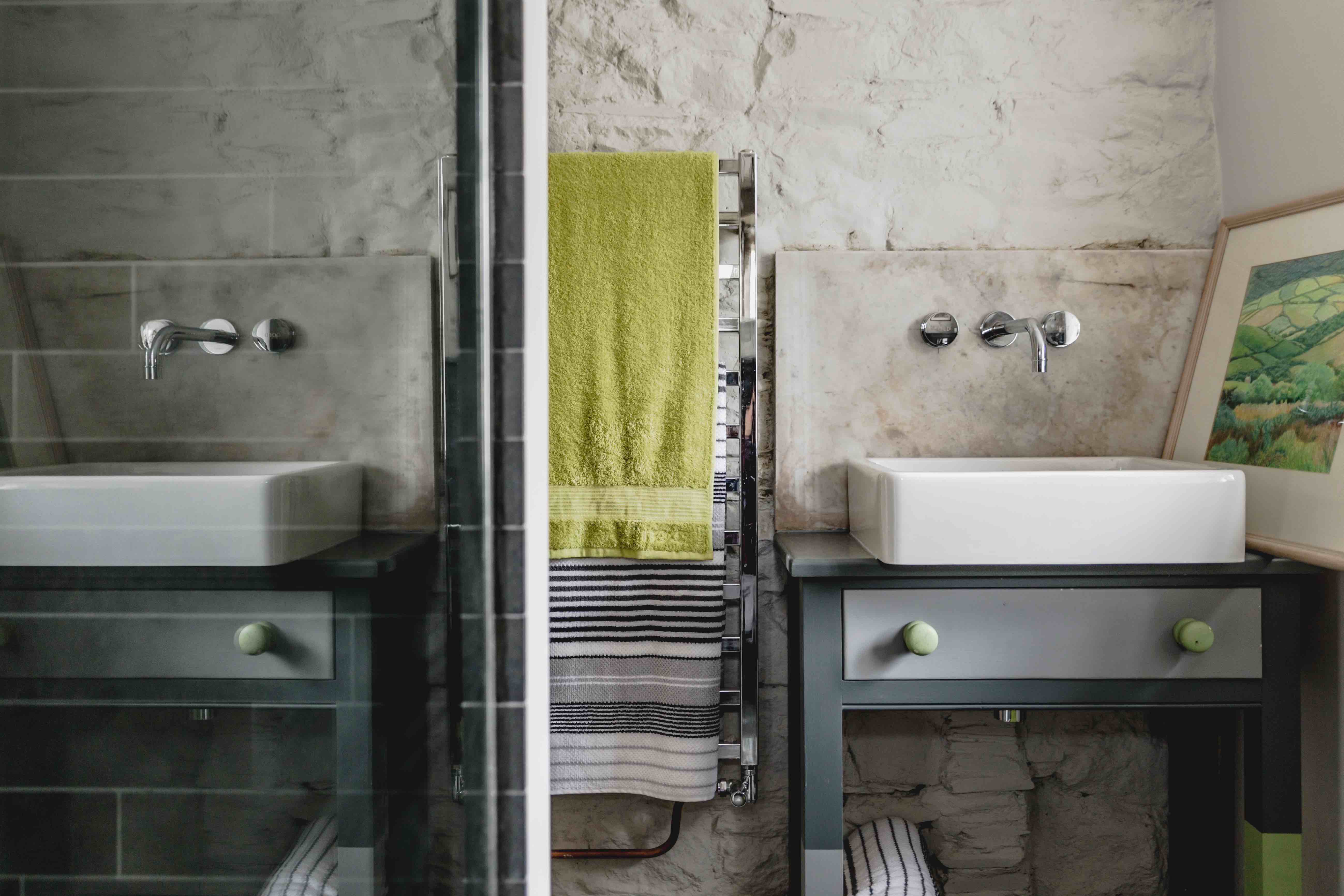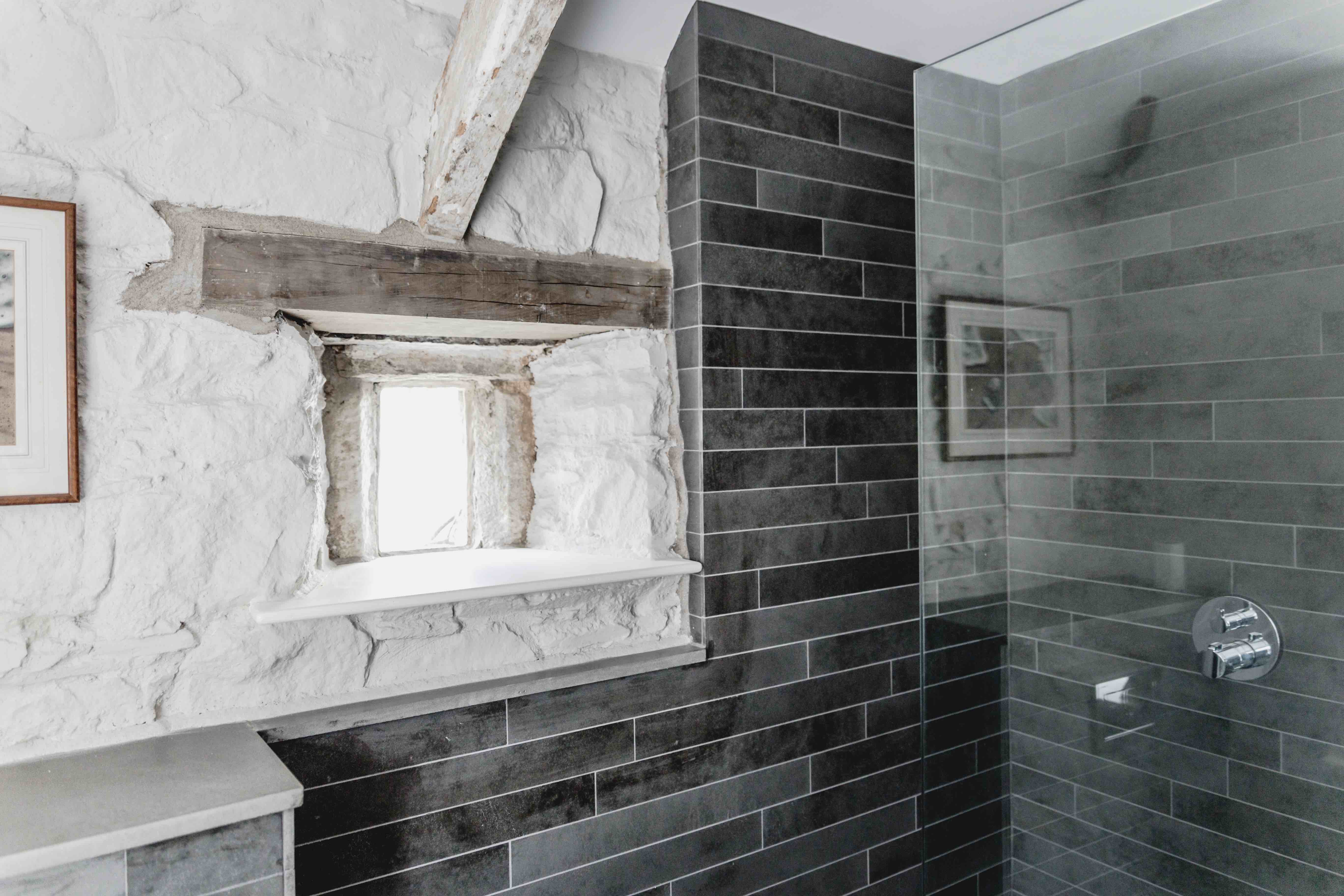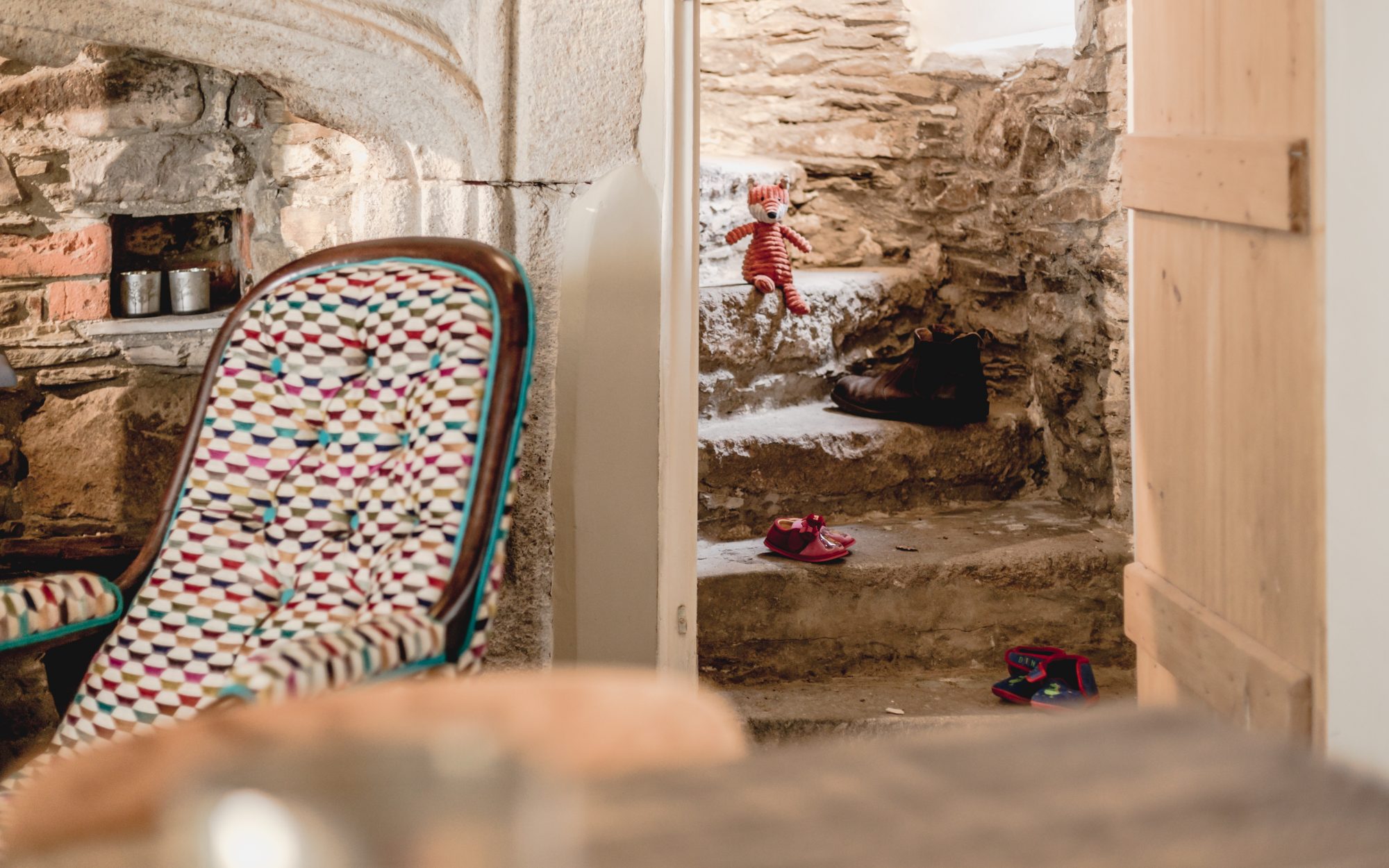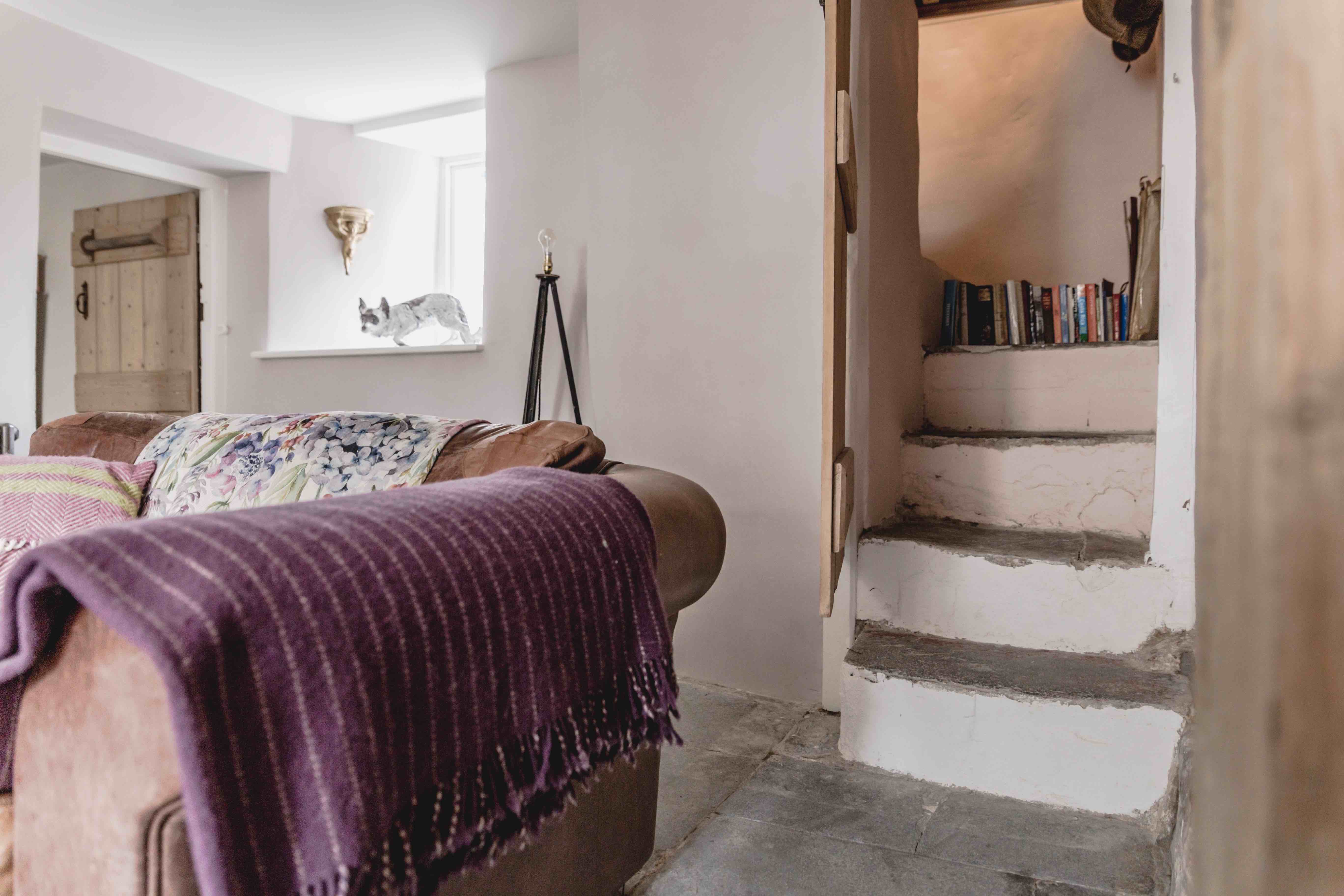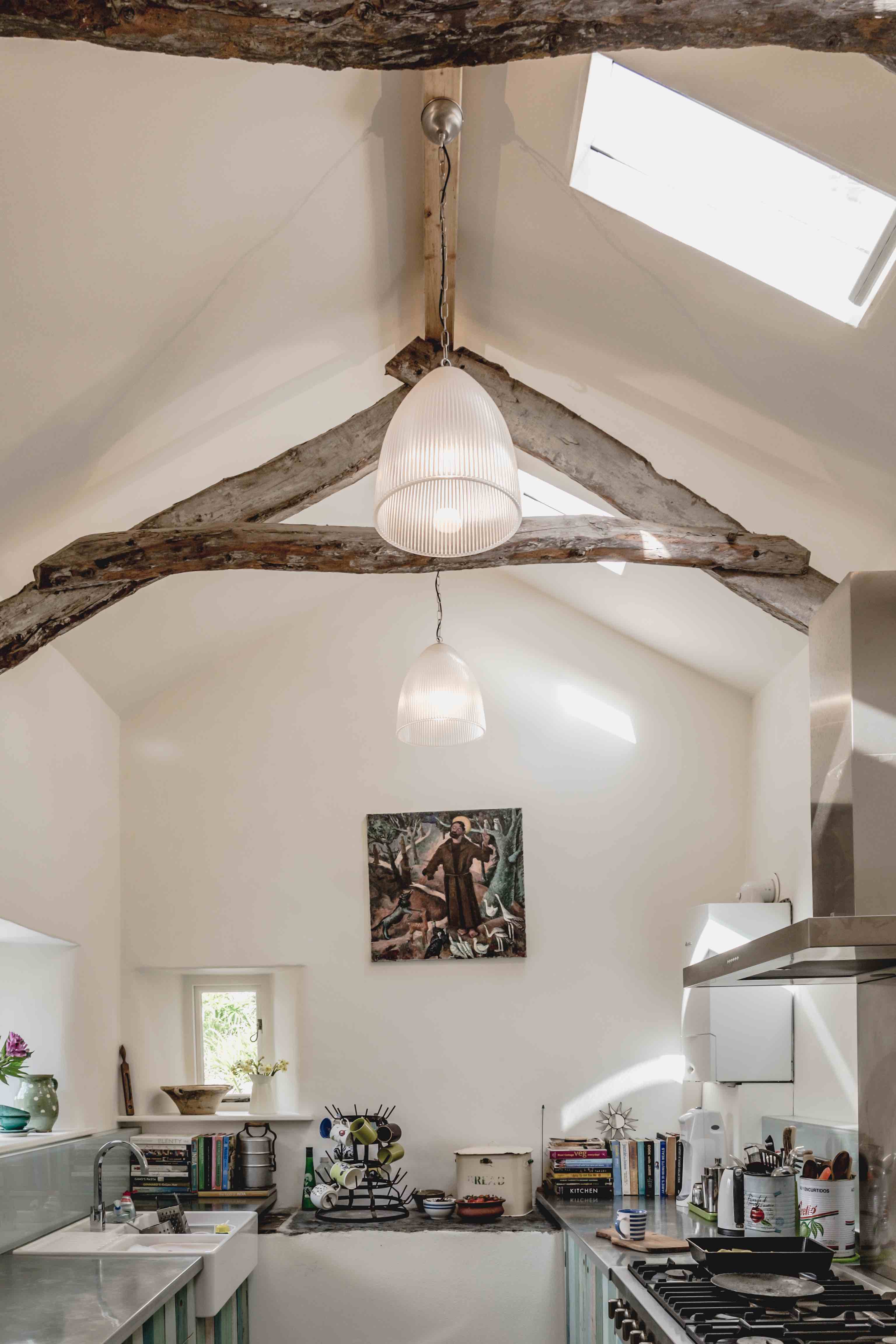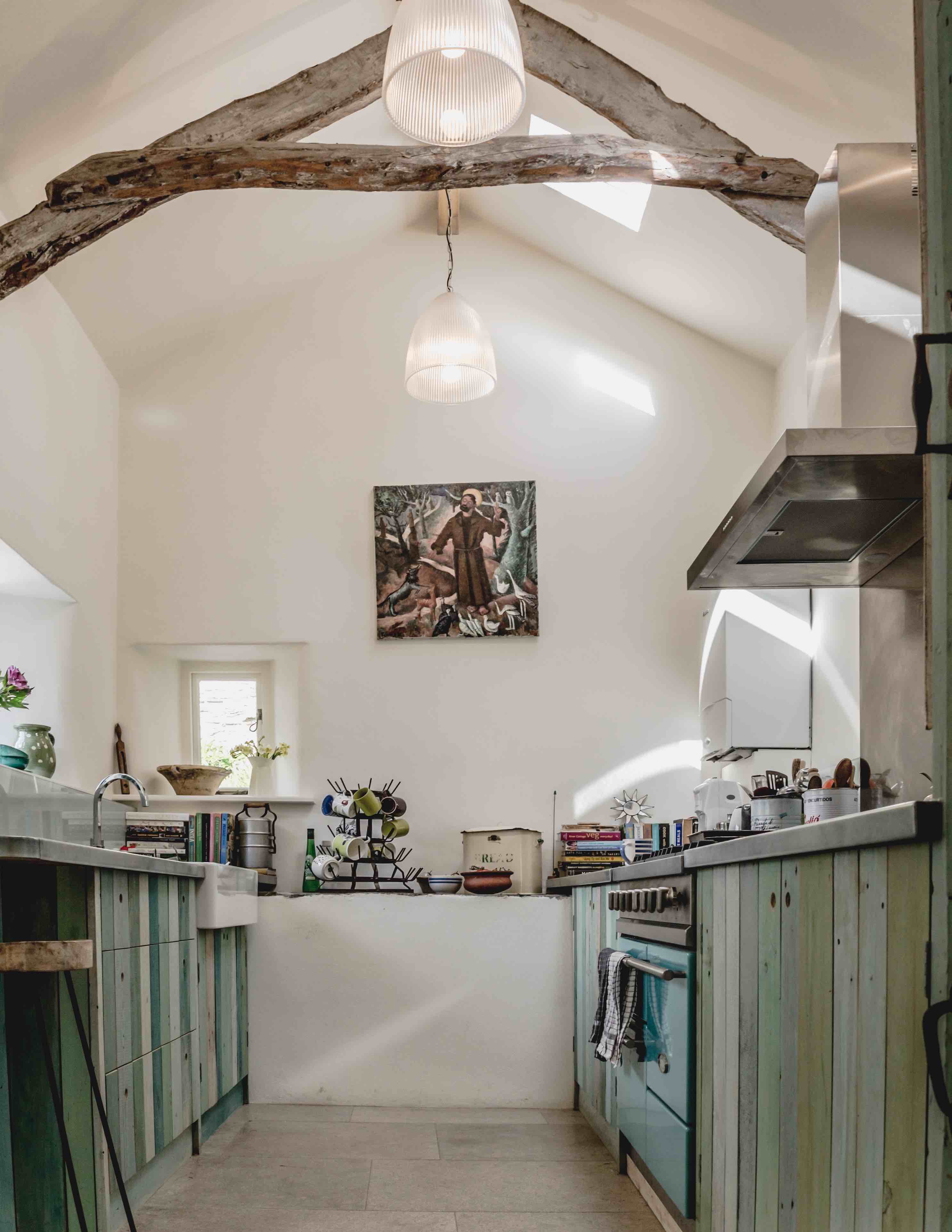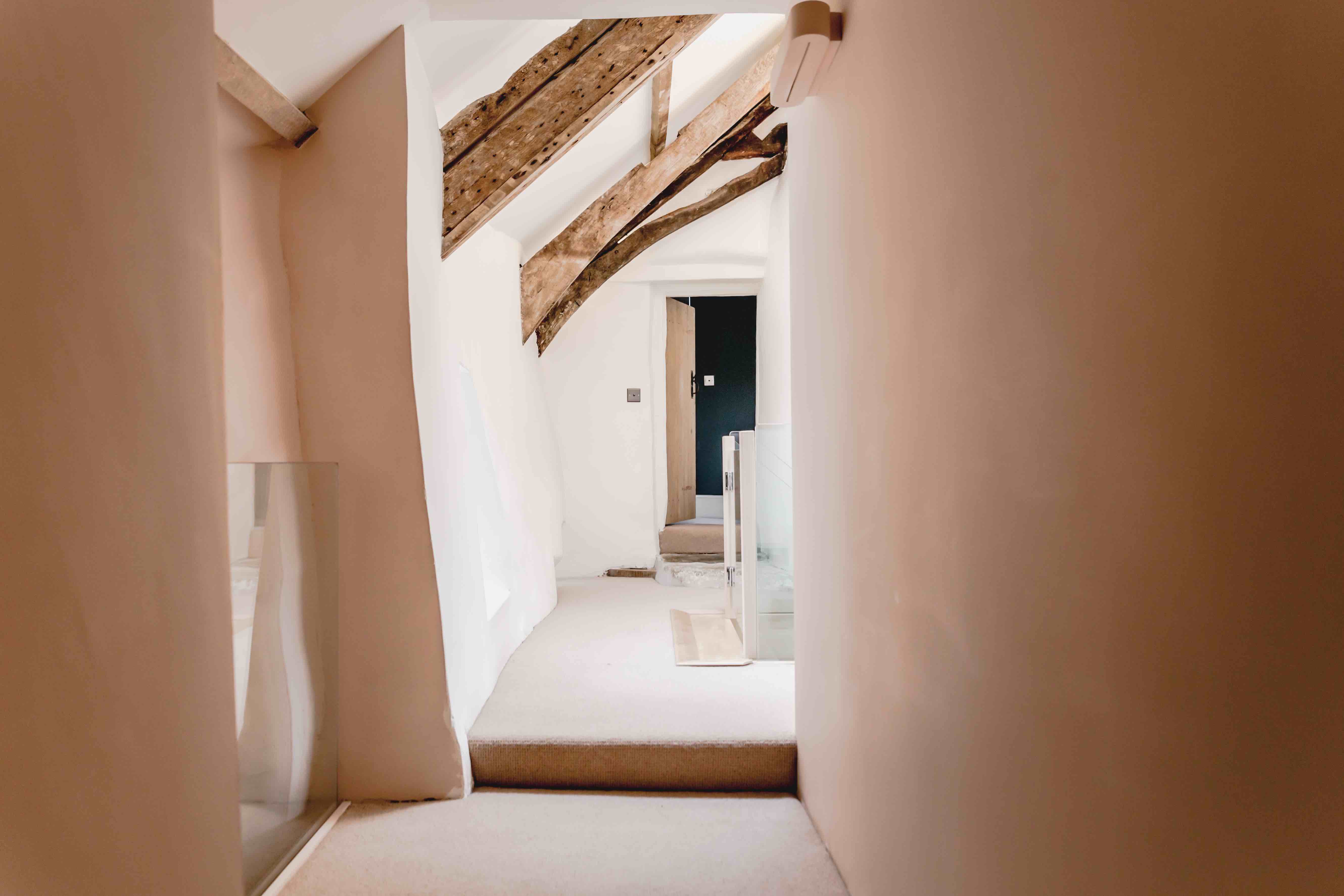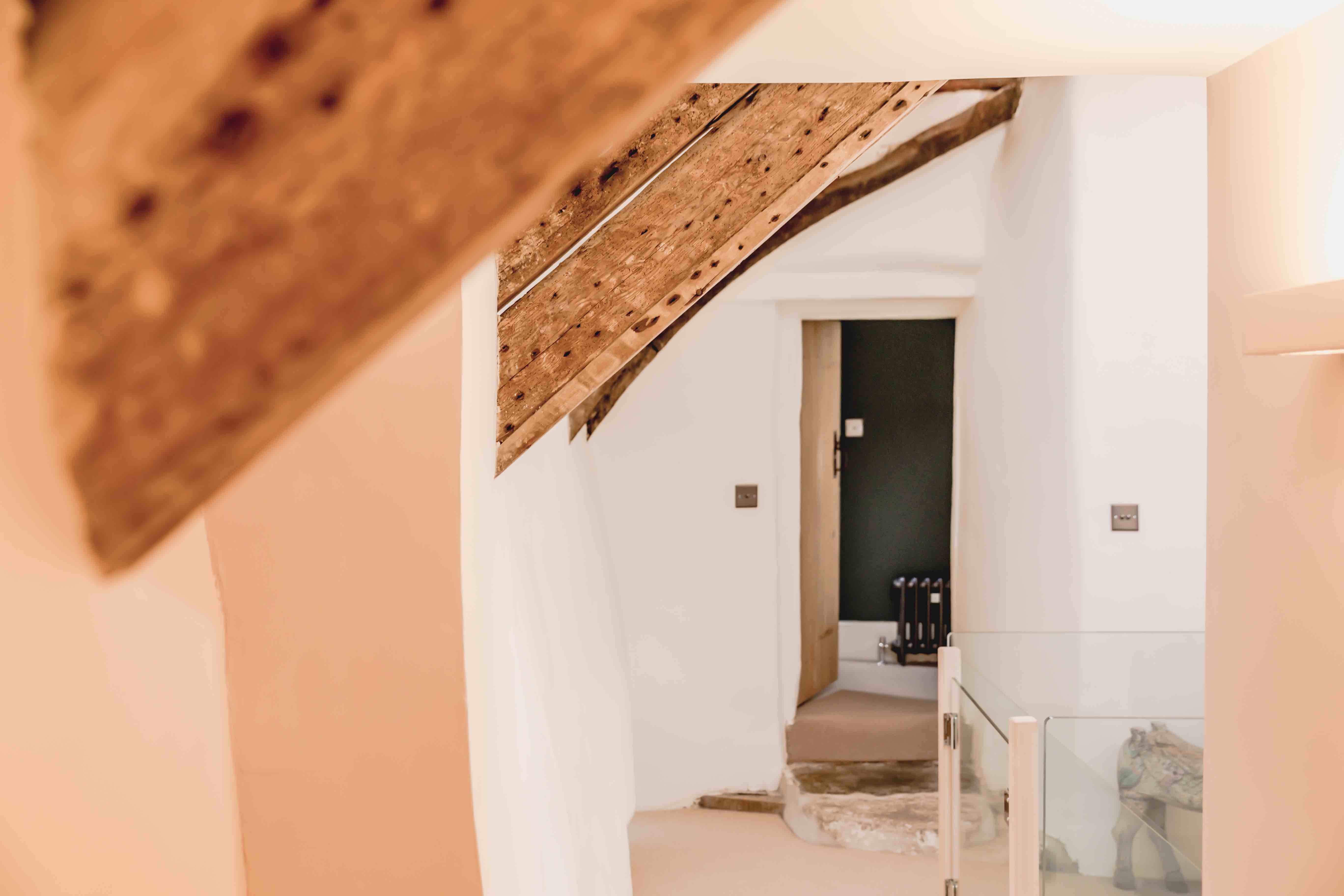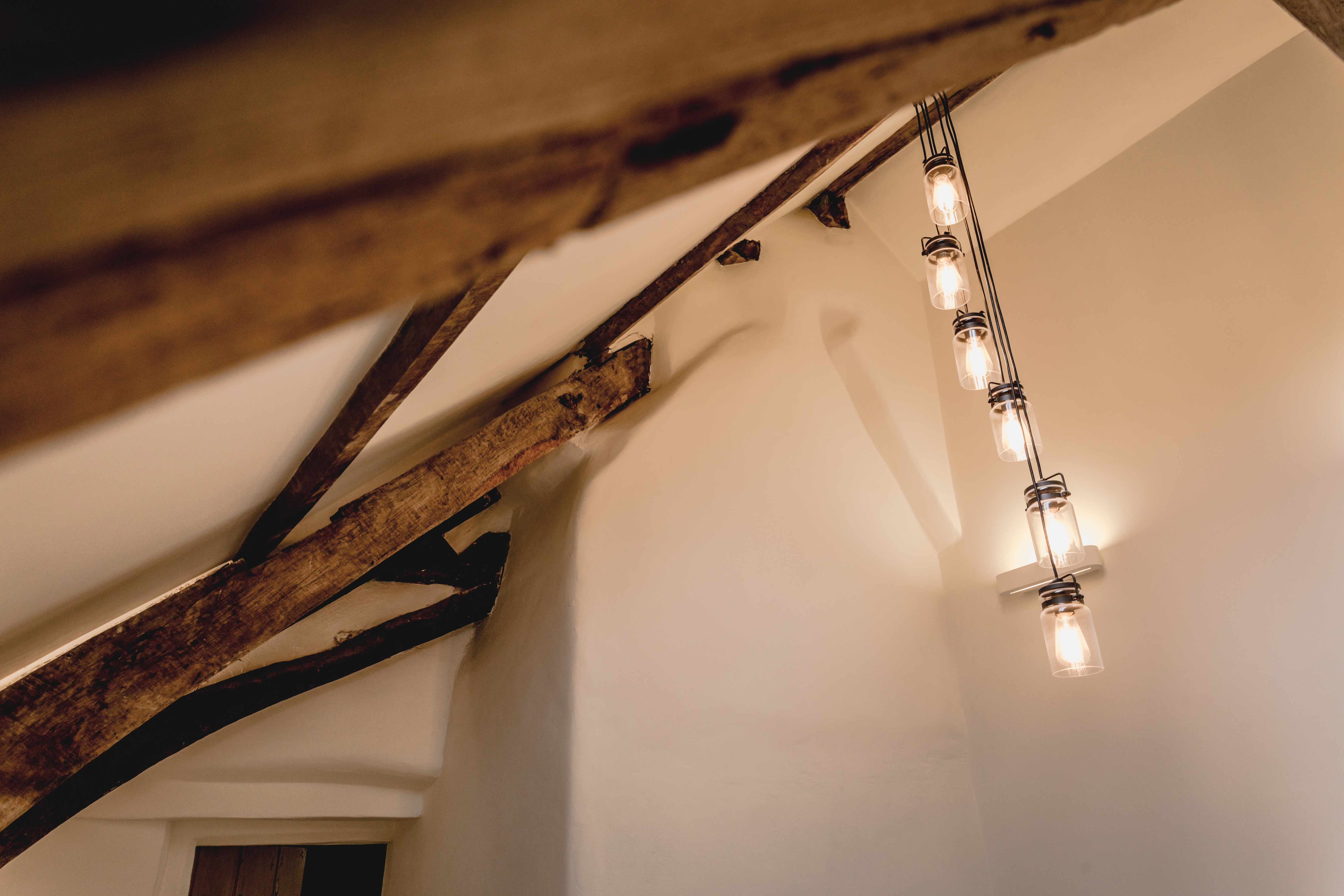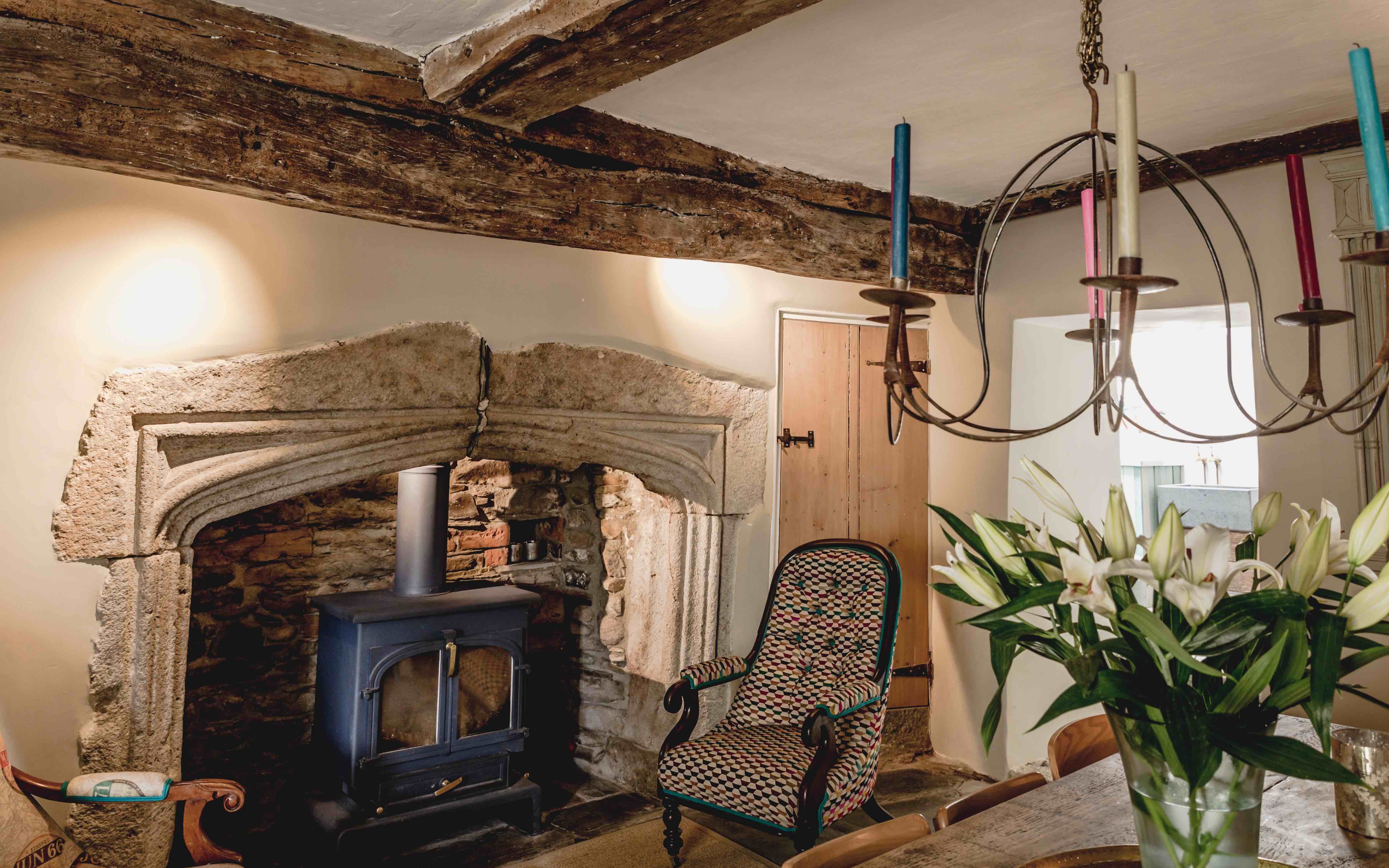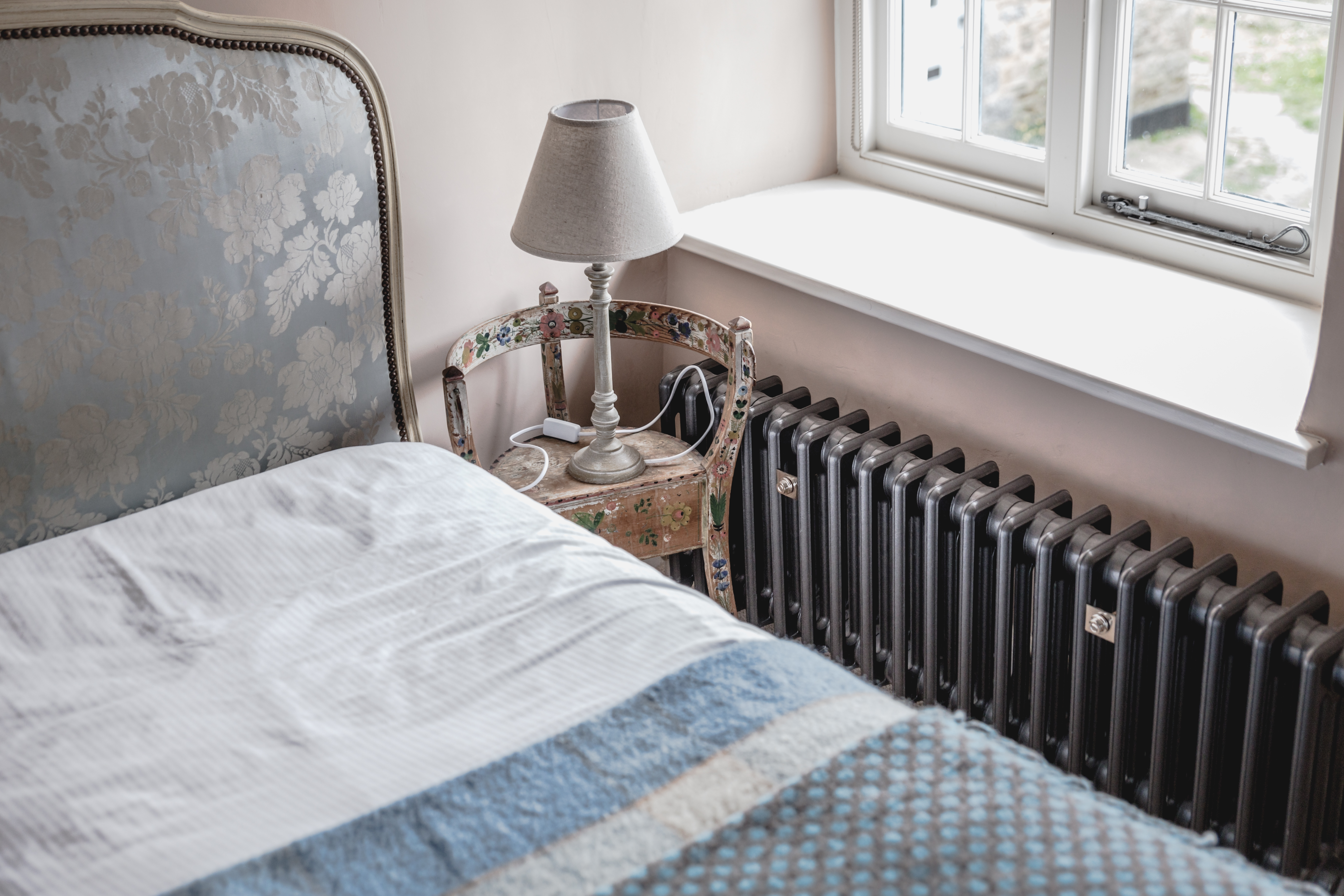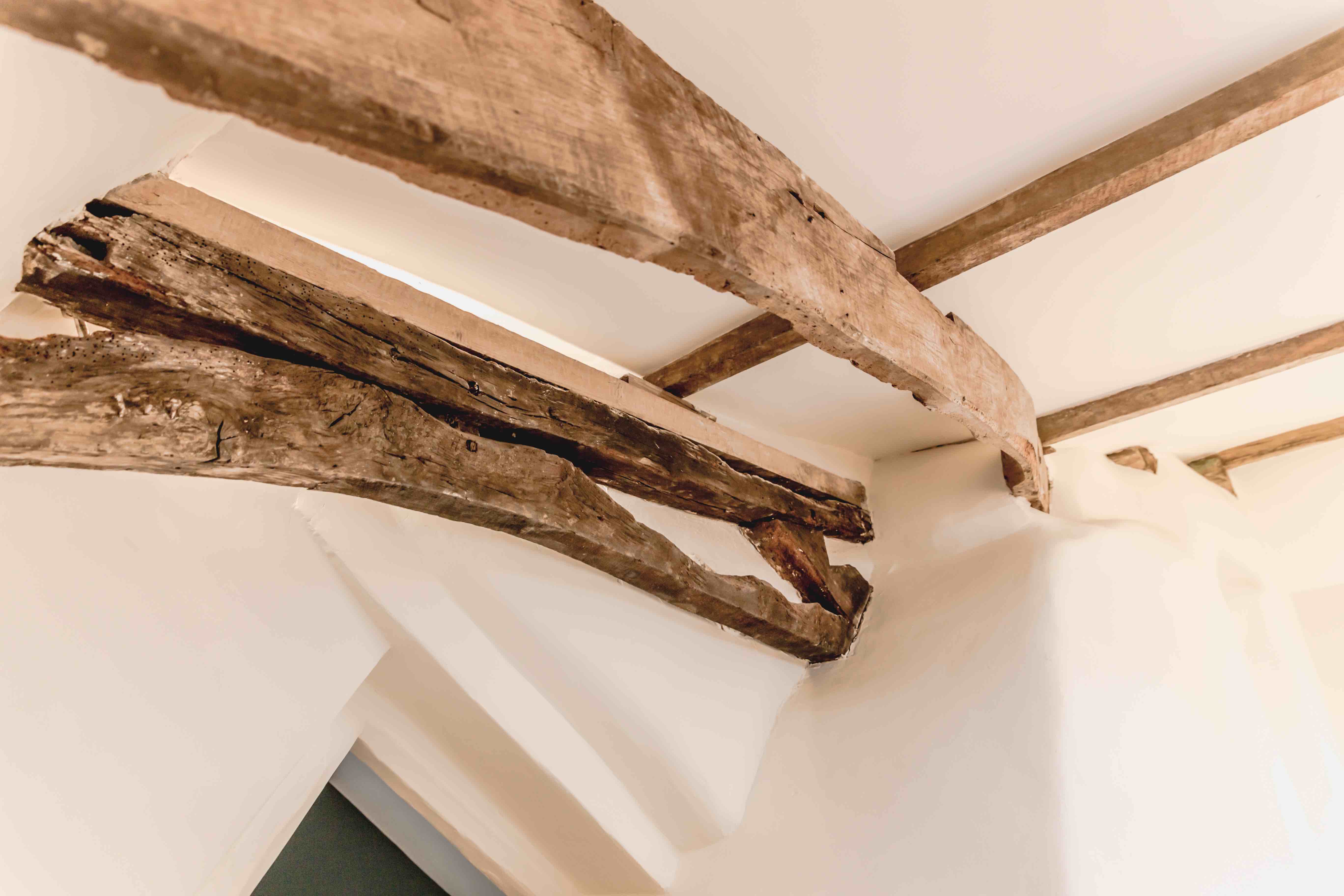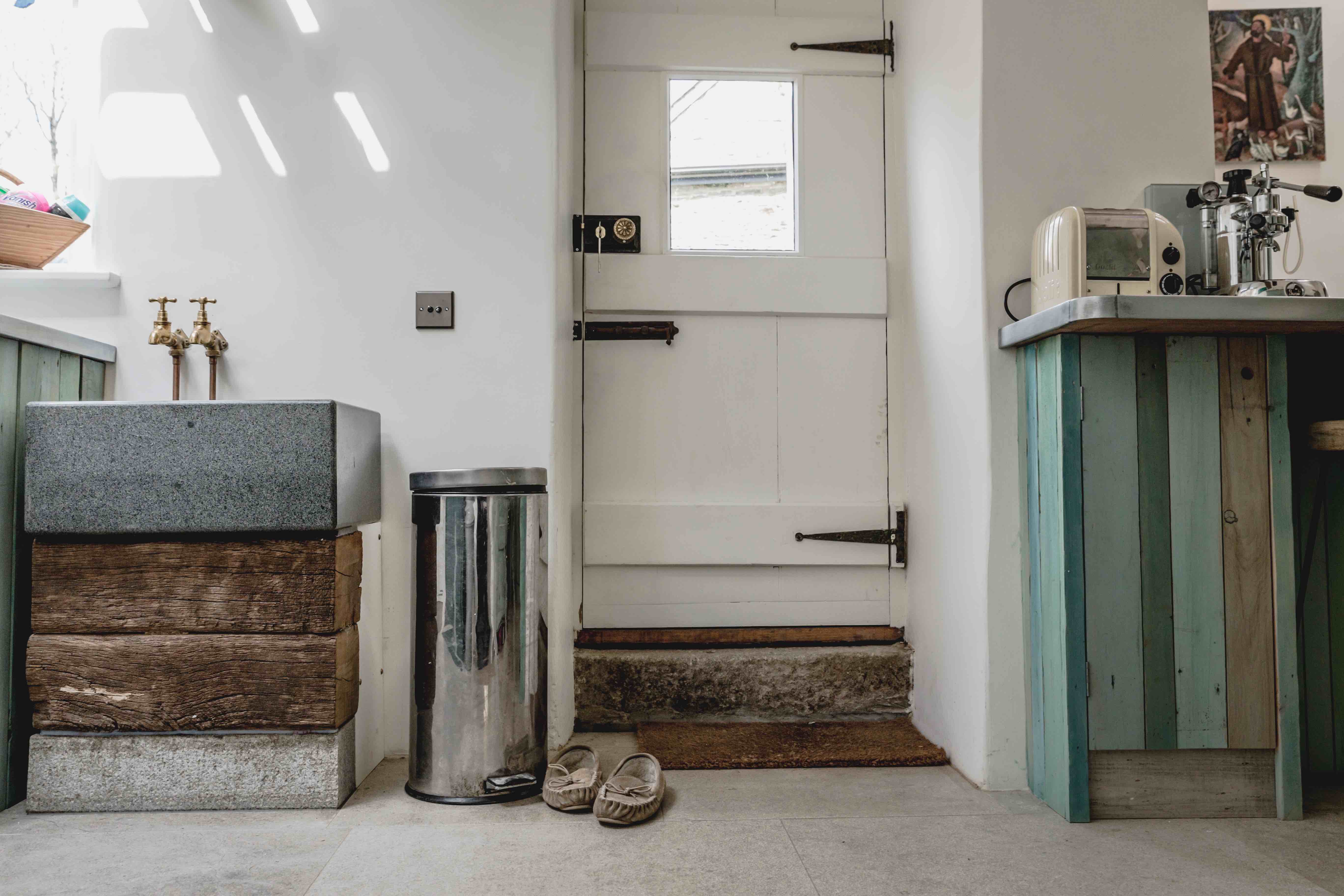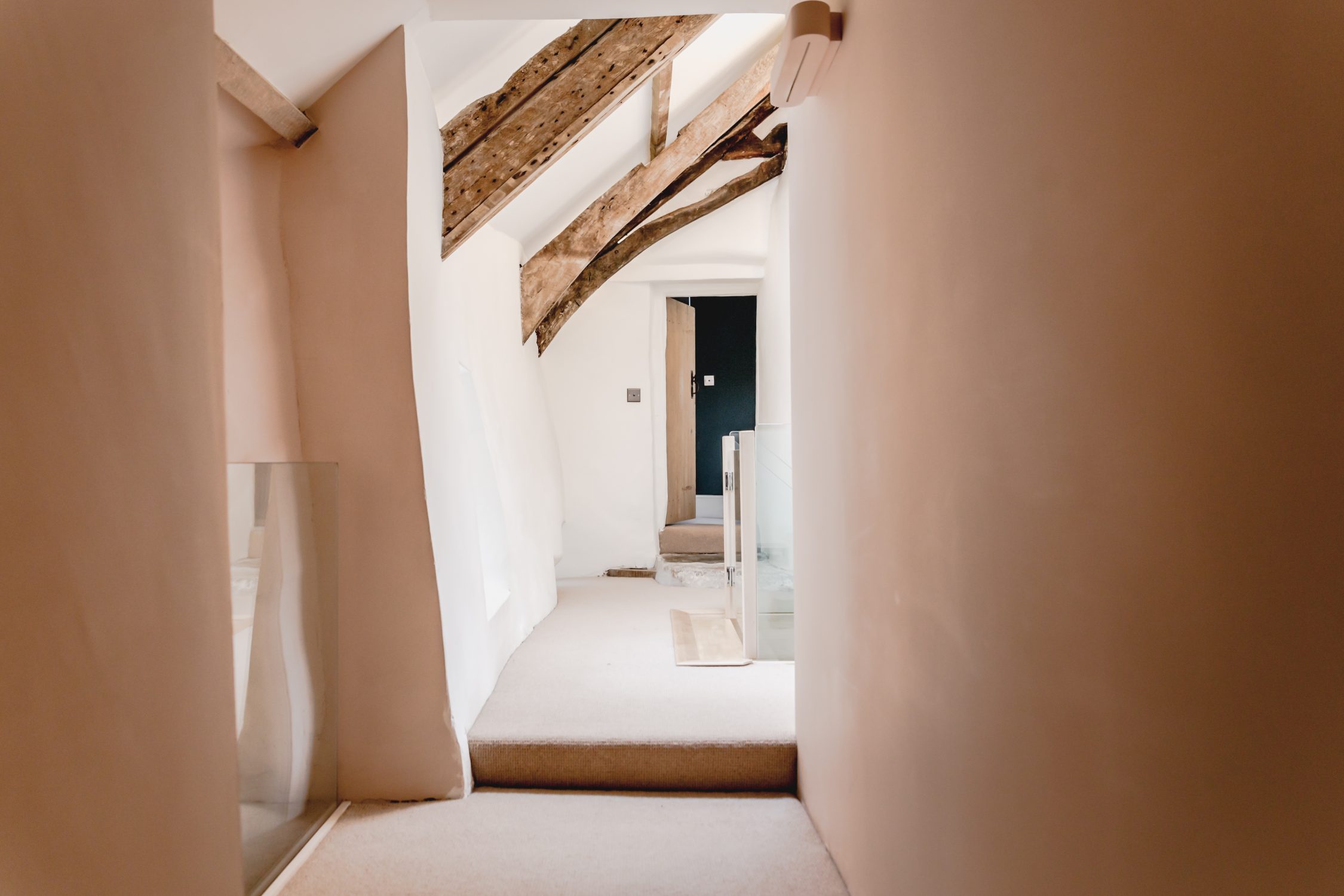Archive for year: 2017
Big things expected from Living Space Architects after completing ‘BIM’ training

This week, two of our architects attended a three day ‘Building Information Modelling’ (BIM) training session in Bristol, equipping them with the insight and tools to more efficiently design, construct and manage buildings and infrastructure.
BIM is an intelligent 3D model-based process that uses innovative software to better quantify data and manage information and costs for elements of the build. It is often used by large firms, as it increases the ability to deal with larger scale builds. It also allows architects to make more informed design decisions, build more efficiently and cost-effectively, and maintain buildings with greater ease.
A rising number of government and commercial organisations are making the use of BIM mandatory, and with increased work with local authorities and larger scale projects, Living Space Architects were pleased to be able to participate in the training.
“BIM training allows a firm to develop from a micro-practice and take on larger-scale projects” said Stuart Bayley, Director of Living Space Architects. “With the training, we can continue to step up and achieve the scope of our ambition.”
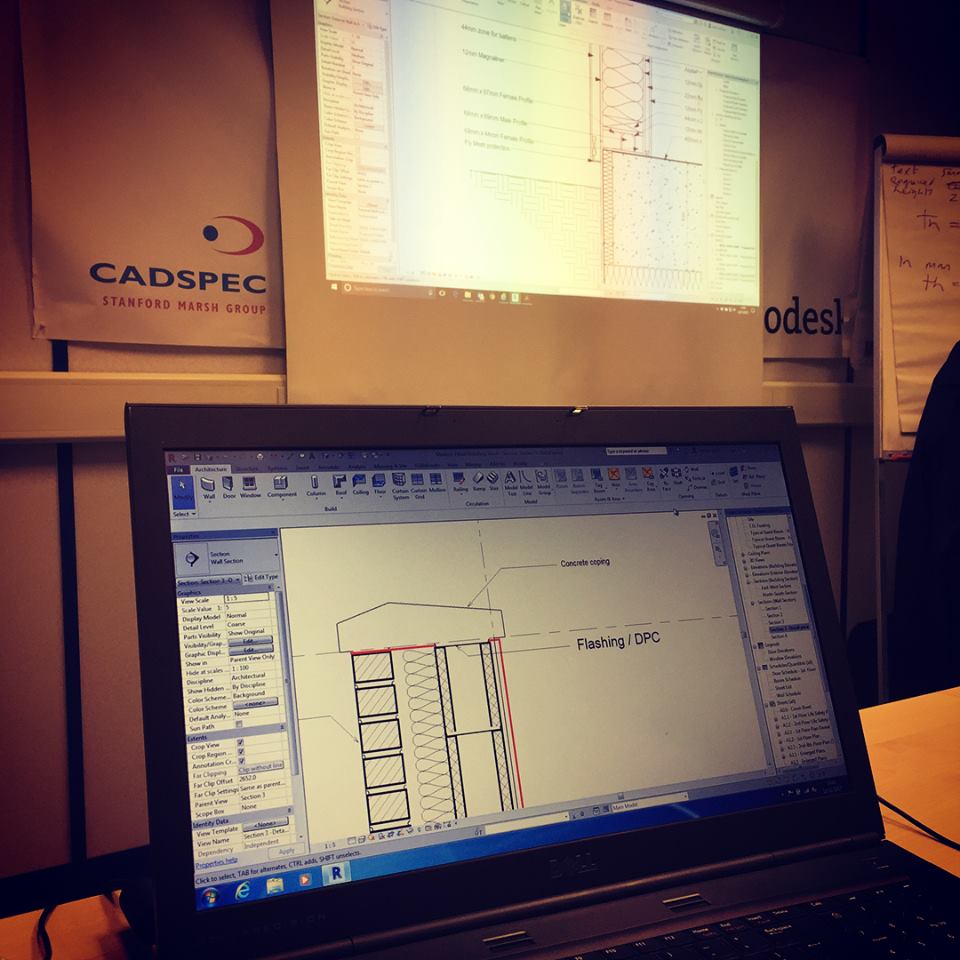
BIM is managed by Autodesk, which claims that the software not only allows businesses to operate more productively, but also produce higher-quality work, attracting new talent and winning new business. The benefits of the software are evident throughout the project building lifecycle, from enabling better design decisions, to accommodating efficient building and guaranteeing predictable managing costs.
“We had a great grounding in all of the software functions which will enable us to get modelling our schemes from an early stage” said Living Space architect Kate Sammons, who attended the training. “It allows us to gradually build up the levels of detail and building information until we have a really intelligent model.”
With this competitive edge, Living Space Architects is looking forward to realising its creative visions using these innovative technological solutions and fulfilling its promising potential
“The training was excellent” Stuart commented. “It was very detailed but also quite interactive. We’ve come away with the feeling that we can take it on and get stuck in!”
.
Extending a small family home with simple techniques and impressive results
This project is the perfect example of a house that really has become a home.
Jill and James McDowell came to us wanting to give their property in Earl Richards a contemporary revamp. Having been in the family for years, they were not prepared to part ways with their wonderful house, but realised it was time for it to be modernised and opened up to make best use of space and the garden- especially with grandchildren now scurrying around.
They wanted to extend the kitchen and link the dining area to the garden, opening up the inside and creating more space and light. As the property was relatively small, we were able to use fairly simple and low-cost techniques to meet these needs in an innovative and attractive way.
“It was great, as we could apply ideas usually used on larger projects and adapt them to this smaller design” said Kirsty Curnow-Bayley, a Living Space Architect who worked on the project. “We used simple techniques to create really interesting spaces”.
Below you can see the finished work: seamless access to the garden, great views and a pleasant, bright kitchen space within. Jill and James were delighted with the results.
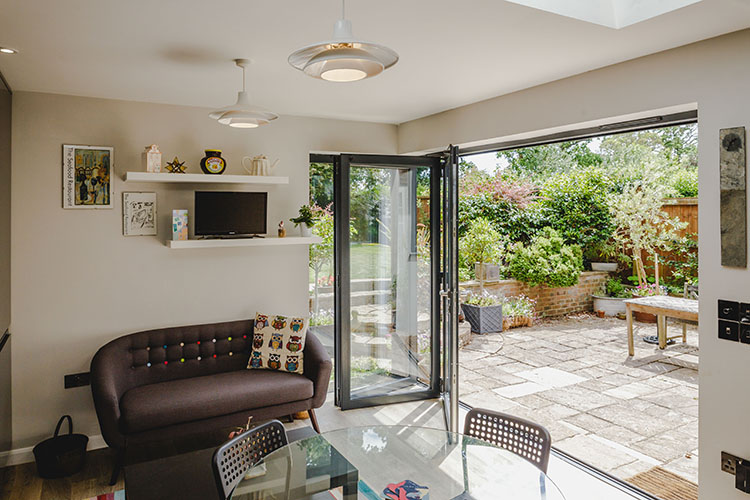
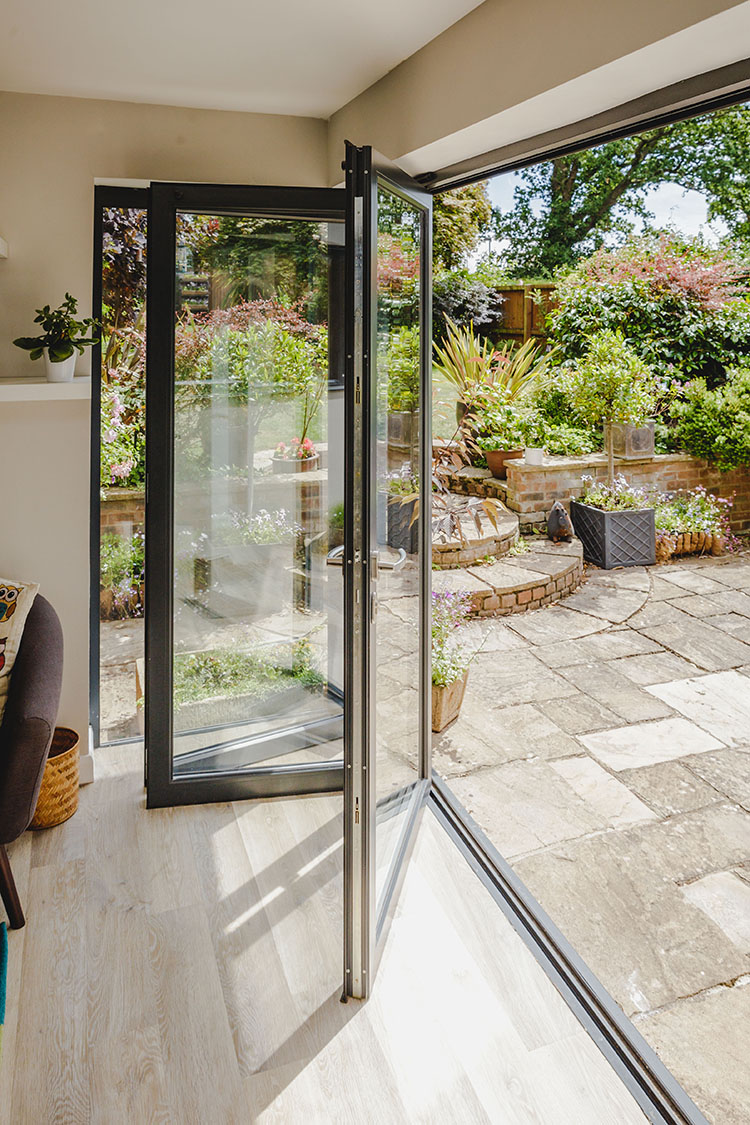
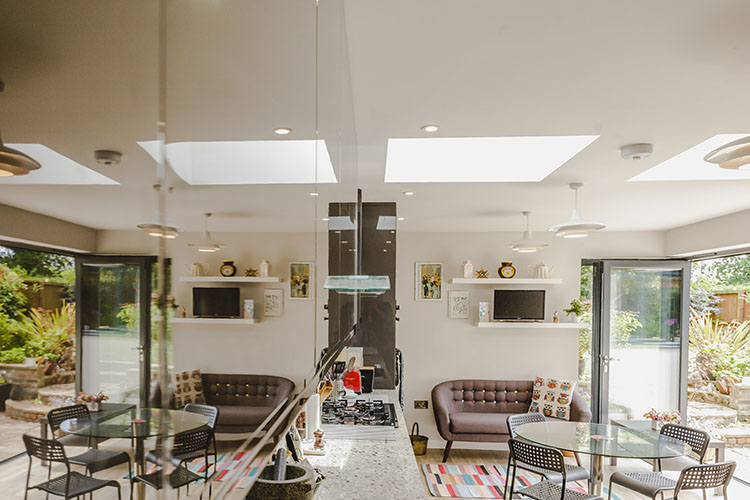
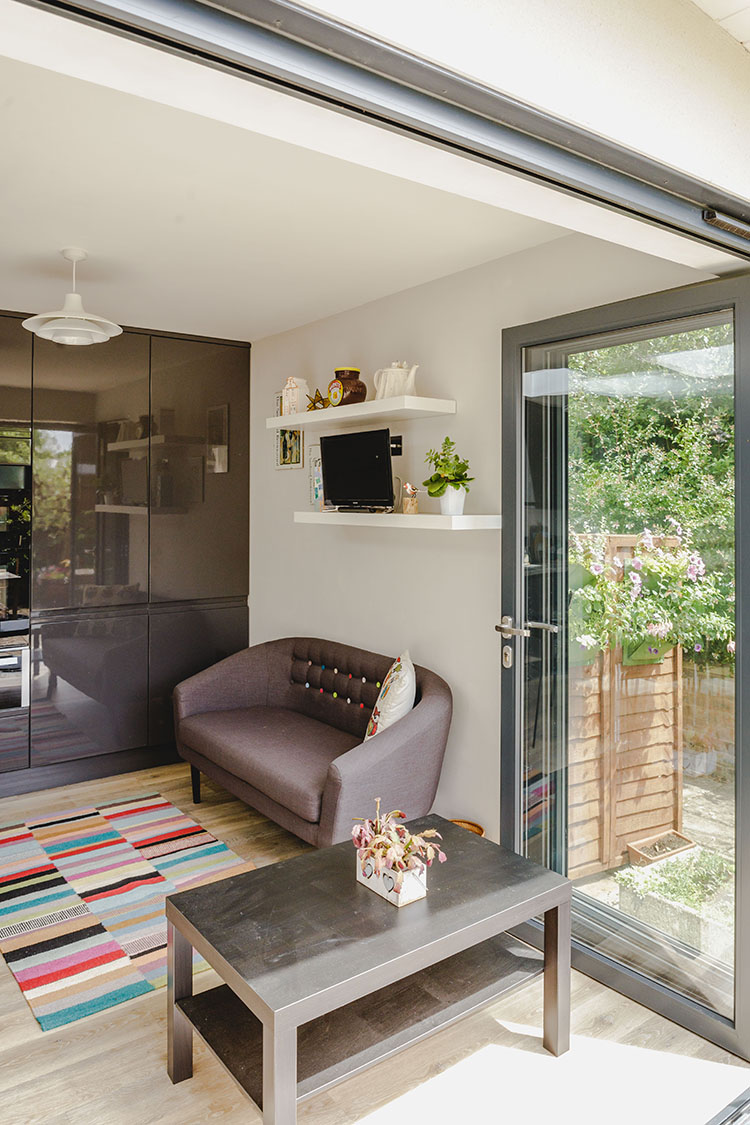
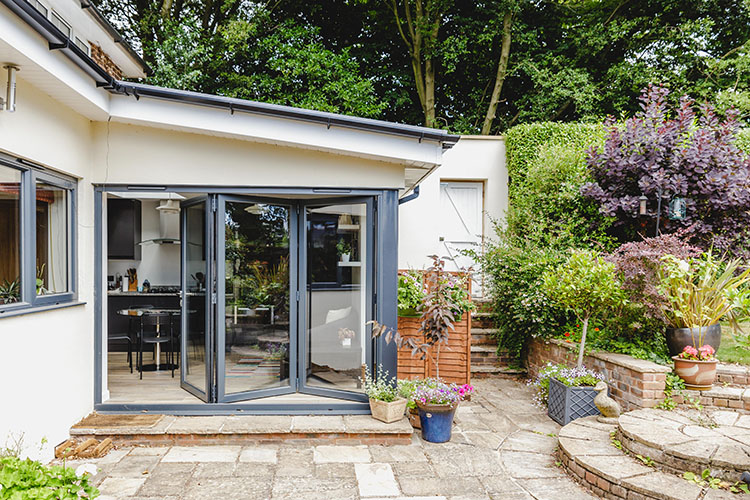

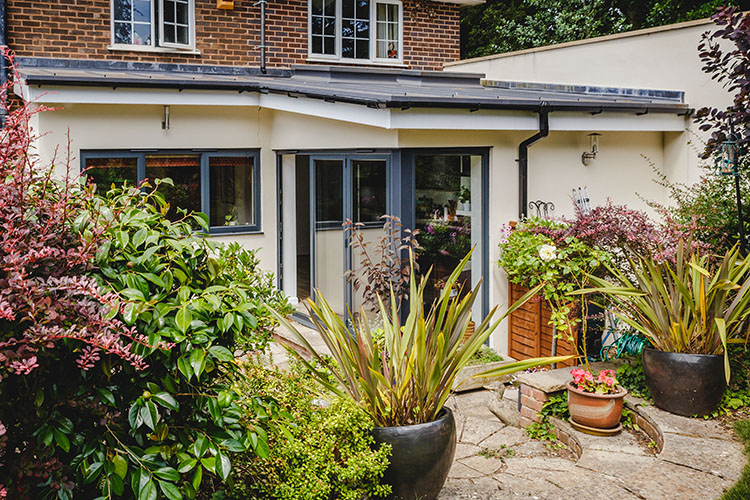
Thinking about altering or extending a listed building? Read this first!
If you’re lucky enough to own a listed building, it’s likely that you’re already well aware that making adaptations to this object of national, historic or architectural value is no small feat.
Listed building control is a type of planning control, which acts in addition to any other regulations that would normally apply. Acquiring planning permission can be a more challenging task than usual, but this doesn’t mean that it can’t be done. Fortunately for you, we’ve got the expertise and knowledge to help you through this process and turn your dream into a reality.
So to start- what actually is a ‘listed building’?
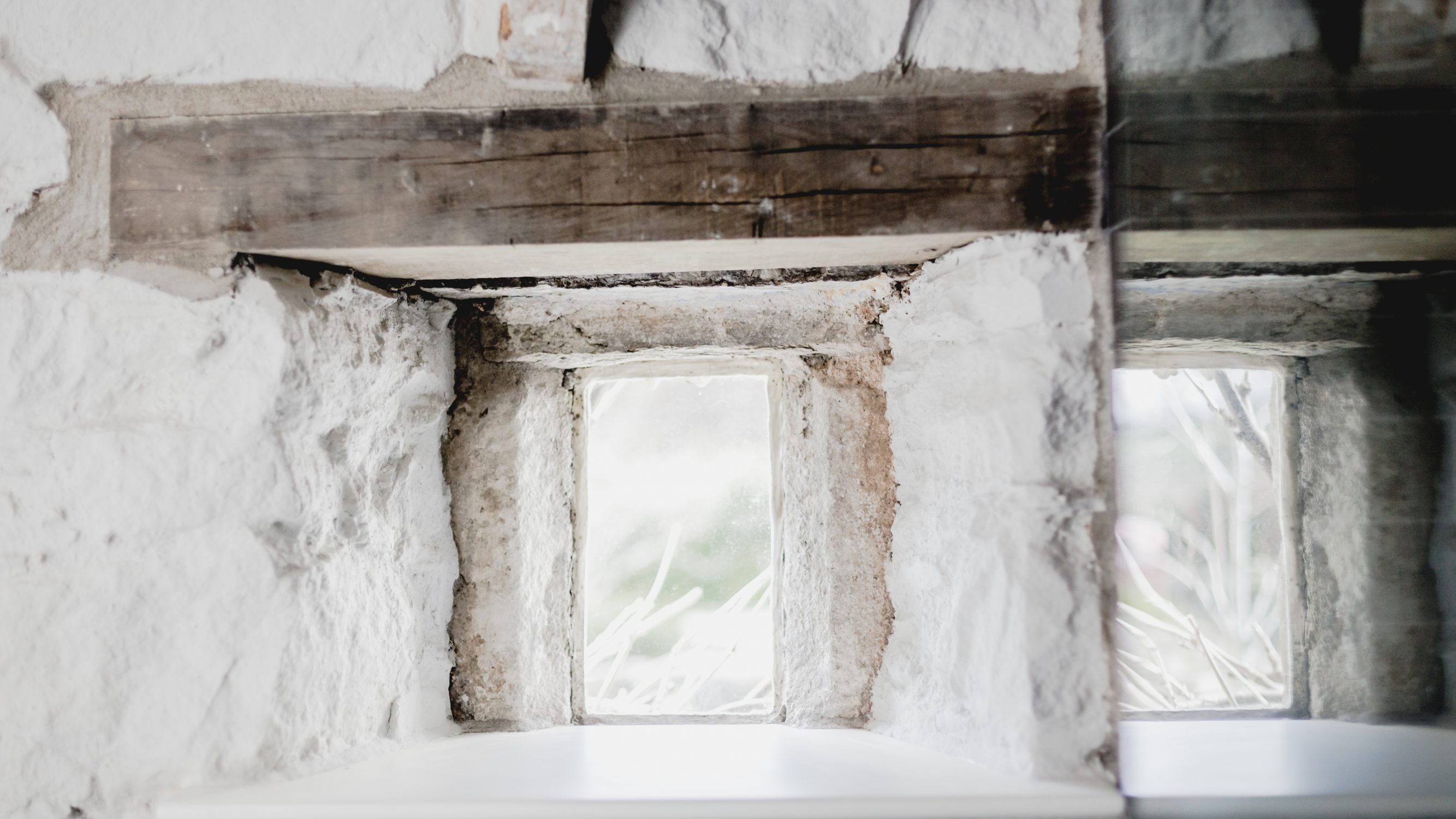
The Listed Building and Conservation Areas Act of 1990 defines a listed building as: “a building, object or structure that has been judged to be of national importance in terms of architectural or historic interest and included on a special register.”
National importance…surely that means alterations aren’t possible?
Although getting the permission to adapt the listed building requires you to jump through a few more hoops than usual, it is not impossible. Making the right plans and seeking professional guidance is vital to avoid any disastrous results.
How do I go about the planning?
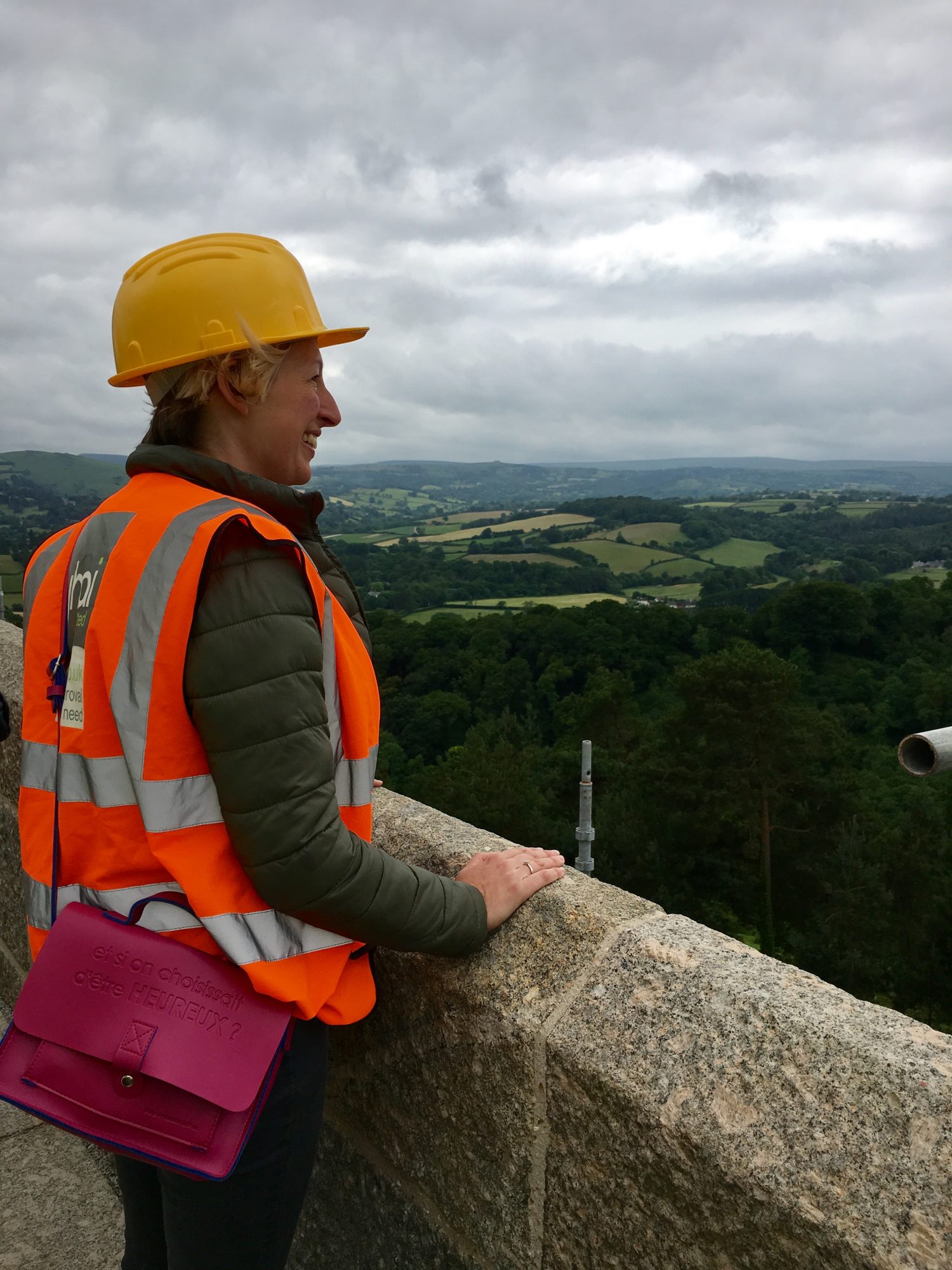
It seems obvious but you need to prepare well before you carry out refurbishment or alteration work, particularly to a historic or listed building.
This is key in order to obtain listed building consent first time. Historic buildings can be sensitive and delicate in places and a without a clear plan, your builder could make mistakes or even do irreversible damage to the building. The best way to do this is through a set of instructions, allowing you to lay out your vision and get the detail right. Remember, doing damage to a listed building is a criminal offence, and so it really is worth putting in the time to get it right the first time.
What should the instructions include?
- A schedule of the work to be done and how it should be carried out. This might also become a pricing document for the builder.
- A specification setting out the materials to be used and the standards of workmanship to be used.
- Drawings showing the existing and proposed layout.
- Detailed drawings illustrating how elements are to be constructed. This is particularly important for new joinery items such as windows, balustrades and items that are historically important.
- Technical information about products to be used, for example the mix for lime render or the breathable insulation to be used on solid walls.
- Health and safety information is an extremely important part of any building project. Depending on the type of project you could be liable as the client for health and safety during construction. By law you also need a principle designer for the project. This will likely be your architect but could also be your builder, structural engineer or interior designer. The principle designer must reduce risks that could occur during the build process or when the building is used and preferably eliminate them where possible. Your architect can talk to you further about this important part of the building process and help.

Overwhelmed?
Don’t be. These initial stages are often the hardest part. Living Space Architects specialise in renovating and extending listed buildings in older properties so you can be assured that your project is in safe hands. We have a good relationship with conservation officers across the South West including Exeter, East Devon, Mid Devon, West Devon and Dartmoor National Park. Not only are we also members of the Listed Property Owners Club, but our very own Director Kirsty Curnow Bayley is a RIBA Conservation Registrant.
Next Steps…
If you would like to discuss the alteration or extension of a listed building we offer a consultation service to help you assess what changes you might be able to make and whether you will require Listed Building Consent. Remember- planning is key and if you have thought through the process and tackled potential barriers, there should be nothing stopping you from making your alteration dreams a reality.
Feeling the chill? How we went about insulating a heritage home
One thing about beautiful, historic houses is that they can often be really, really cold.
As Brits, we are no strangers to wacking on the fire and arming ourselves with fluffy socks and a hot water bottle, but what happens when this simply isn’t enough?
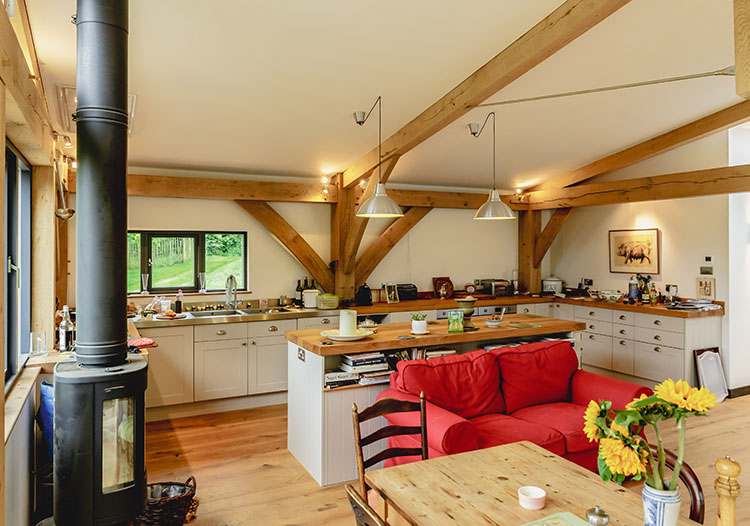 When our client came to us with a brief to create a sustainable and well-insulated home in Broadhembury, we stepped up to the challenge.
When our client came to us with a brief to create a sustainable and well-insulated home in Broadhembury, we stepped up to the challenge.
They were concerned that it wouldn’t be possible to insulate the existing solid cob and stone walls, which were a large part of the property’s character and charm.
The property wasn’t listed so there was a bit of flexibility on altering the existing fabric, and with our experience of improving the energy performance of existing buildings and working with listed and historic properties, we were well placed to be able to advise.
This time however we wanted to take things a step further. How could we integrate technology usually used when designing new low energy homes on a historic solid wall building?
The emphasis was on creating a living breathing house with natural materials to improve the indoor air quality and create a natural, healthy home.
We suggested bringing on board Ann-Marie Fallon, a certified Passivhaus designer, to model the existing house using PHPP software. This is a time consuming business and involves the input of a lot of data to model the way the house performs now and how it would change following adaptations such as the addition of insulation.
This enabled us to investigate how we could insulate the property and best improve on its energy performance through the type of insulation, its position (internal or external) and thickness. The software also helped us check that no condensation would occur, which is a common concern when insulating solid walls.
The existing walls were a real challenge being constructed of a mixture cob at low level and solid stone at first floor. There was a lack of existing data available for the thermal capacity of cob, and Anne-Marie had to approach the BRE to find information to create her model. This was then used to predict how the house would behave with added insulation and calculate the potential energy savings. Using this data we calculated the optimum thickness of insulation to give our client the best energy saving at the most economical price, without compromising the historic fabric.
Our client was also keen to use triple glazing, and we agreed that it did offer worthy benefits for this project, although came at a higher price. We decided to use triple glazing on the north facing link corridor and high performance double glazing throughout the rest of the house. Drafts in older houses are one of the biggest issues for improving energy efficiency, so replacing the windows made a significant difference to the performance of the house.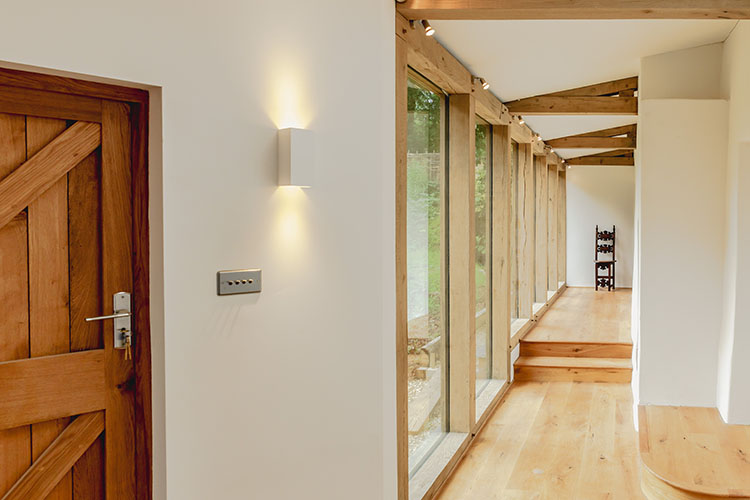
For the walls, breathable wood fibre insulation was used internally on the first floor where there was a mixture of cob and stone. This had to be extended along the internal partition walls to prevent thermal bridging and condensation. Part of the existing house was built in the 1970’s and had a cavity wall construction. Here we used the wood fibre insulation externally.
The existing cement render was removed from all walls to enable them to breathe and lime render with small pieces of insulating cork used as the external finish to the older parts of the house, with a more standard lime render in other areas. Additionally, a new heating system was installed throughout powered by a wood pellet boiler and new underfloor heating laid in the new extension.
The design of the extension used an oak frame supplied by Carpenter Oak, which was wrapped in an airtight membrane and rendered in lime externally. This gave a stunning interior space for the kitchen dining room and beautiful spaces where the ‘old meets new’ in the north facing corridor.
So if anyone tells you that an old house can’t be made warm and cosy, while retaining its historical charm and sustainable vision then send them our way!
An English take on a German design: Stoke Poges
Our client came to us with the brief of creating a house with a similar feel to the award-winning German Huf Haus design.
Creeping into the UK market, these timber and glass houses are generally two-storeys high with pitched roof separated at the gable. Typical features include terraces, canopies, roof lights and large windows…we were excited to get started!
The interior is often a very open design with double-height spaces, galleries, high ceilings, open dining, living and kitchen rooms, and connected yet private bedrooms. The design aims to maximise the sunlight and bring the natural world directly into the living space.
Big open spaces and the natural light appealed to our client, but they wanted to have a little more privacy and a more ‘homely’ feel than the original German design.
Our design
For the ground floor, we designed a bright, open living dining and kitchen space, capturing sunlight from the top of the roof and big sliding windows and connecting to a glazed dining area..
The bedrooms were placed in the first floor with en-suites and connections to a large terrace.
We decided to use a innovative construction for our new building, settling on Structural Insulated Panels (SIP) from Kingspan TEK. These fit into the Huf House feel as were made of wood and had an invisible structure which allowed interior design freedom. They are also prefabricated which shortens construction time on site meaning that there is minimal on-site waste and internal work can begin earlier. The panels have a thinner construction than usual insulation and high energy efficiency.
To incorporate the look of an English house while maintaining the dark-light contrast feature of a typical Huf Haus, we supplemented a brick wall on the outside ground floor and white walls above.
Restoration of Listed Medieval Hall House, Dartmoor
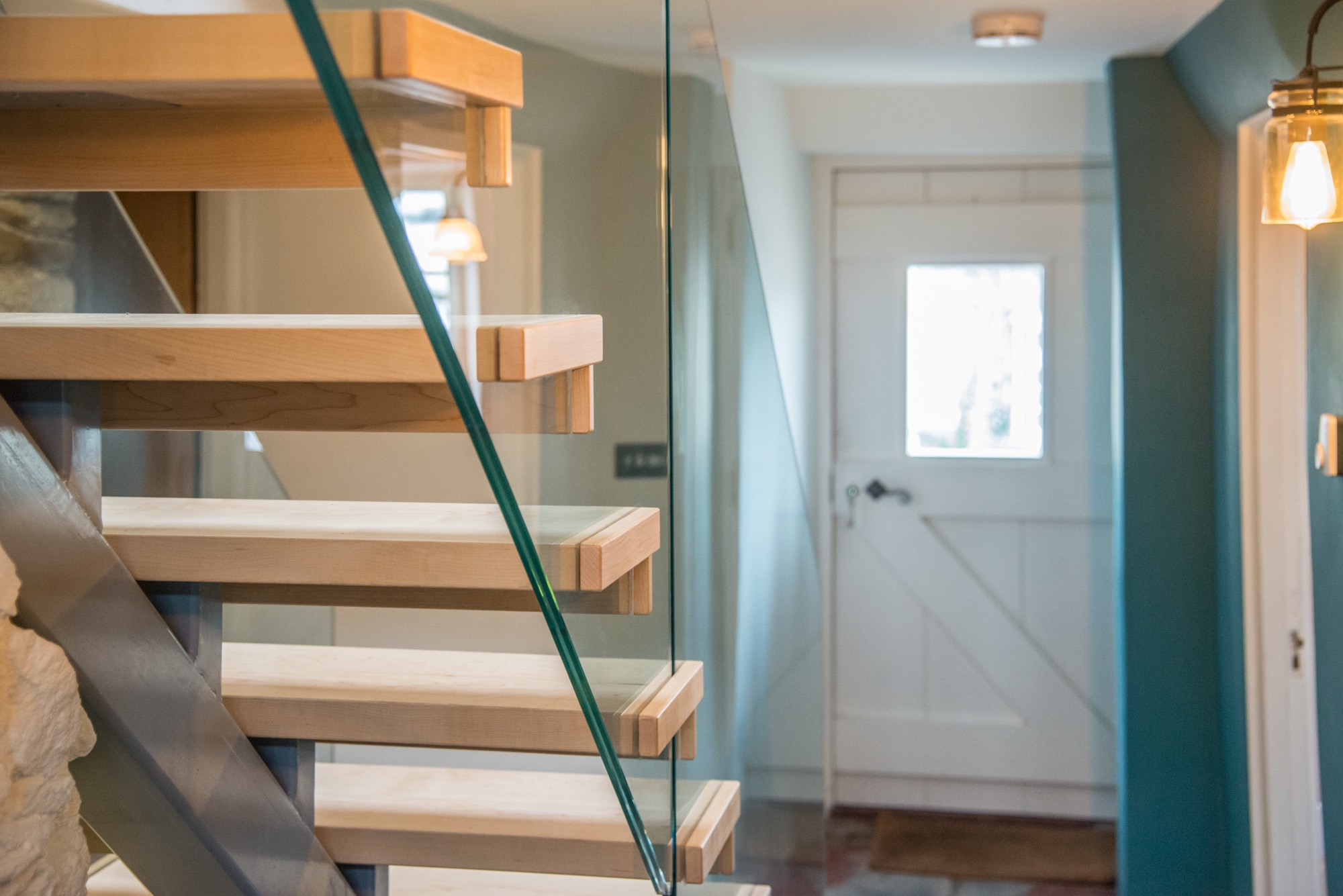
Today saw the completion of one of our favourite ever projects – the restoration of Staddon House in Walkhampton on the edge of Dartmoor National Park. Our clients, Sue & Geoff Edwards, bought Staddons back in 2014, and after a year negotiating planning consent and 14 months on site the building is now unrecognisable.
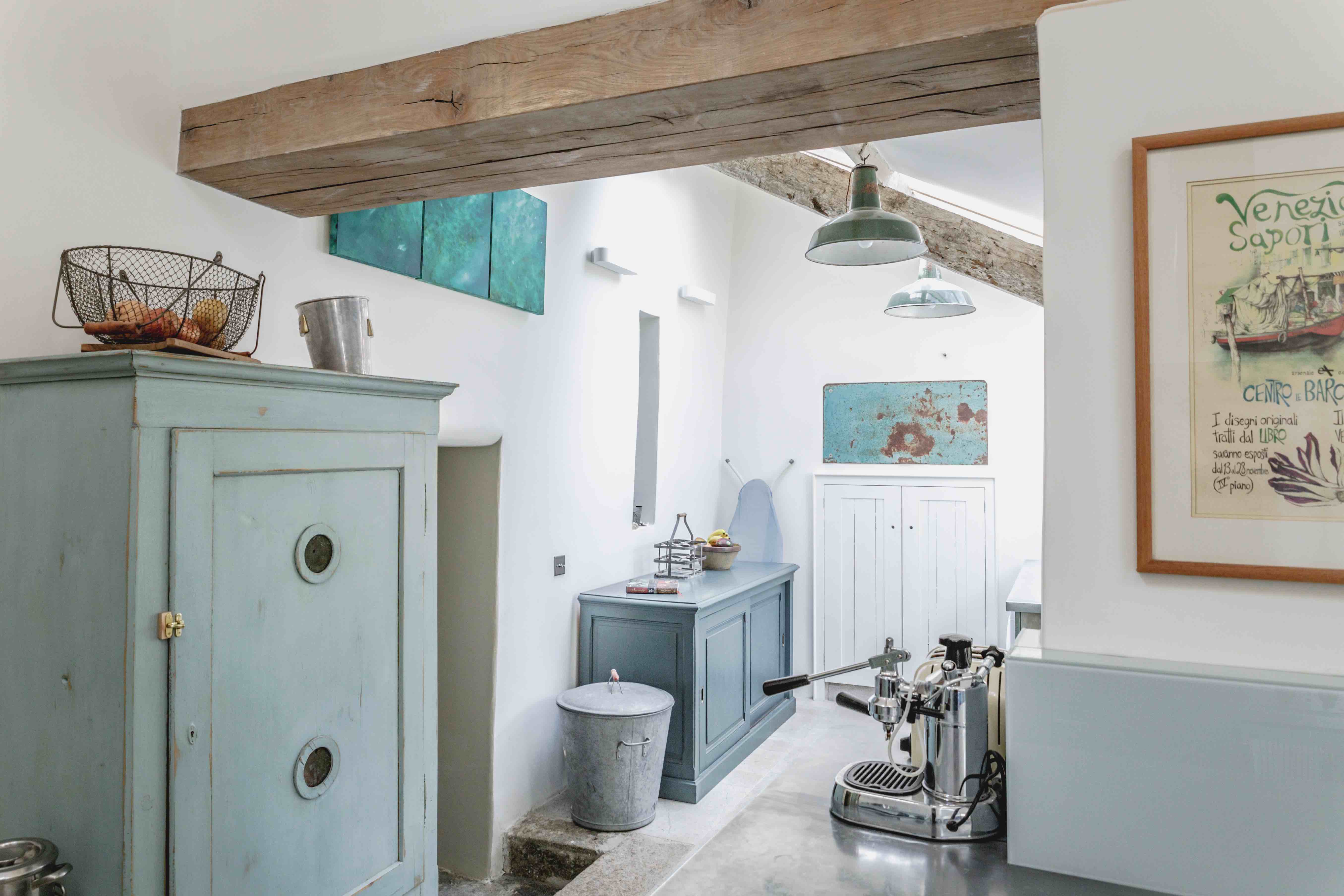
When they bought Staddons, Sue & Geoff understood they had taken on a challenge. Having previously restored a house in Cornwall and another in rural Italy, they weren’t under any illusion about the work that would be involved. What they didn’t realise however was that Staddons had much more waiting to be uncovered beneath it’s damp carpets and concrete rendered walls.
On his first visit to the site, Keith McKay the Conservation officer from Dartmoor National Park realised the building might be more than it first appeared. What everyone had assumed was just another Dartmoor Longhouse could actually be something else entirely. As a result the planning process had to be paused whilst archeologists were brought in to help piece together Staddon’s long and varied history and shed some light on how the building had been used.
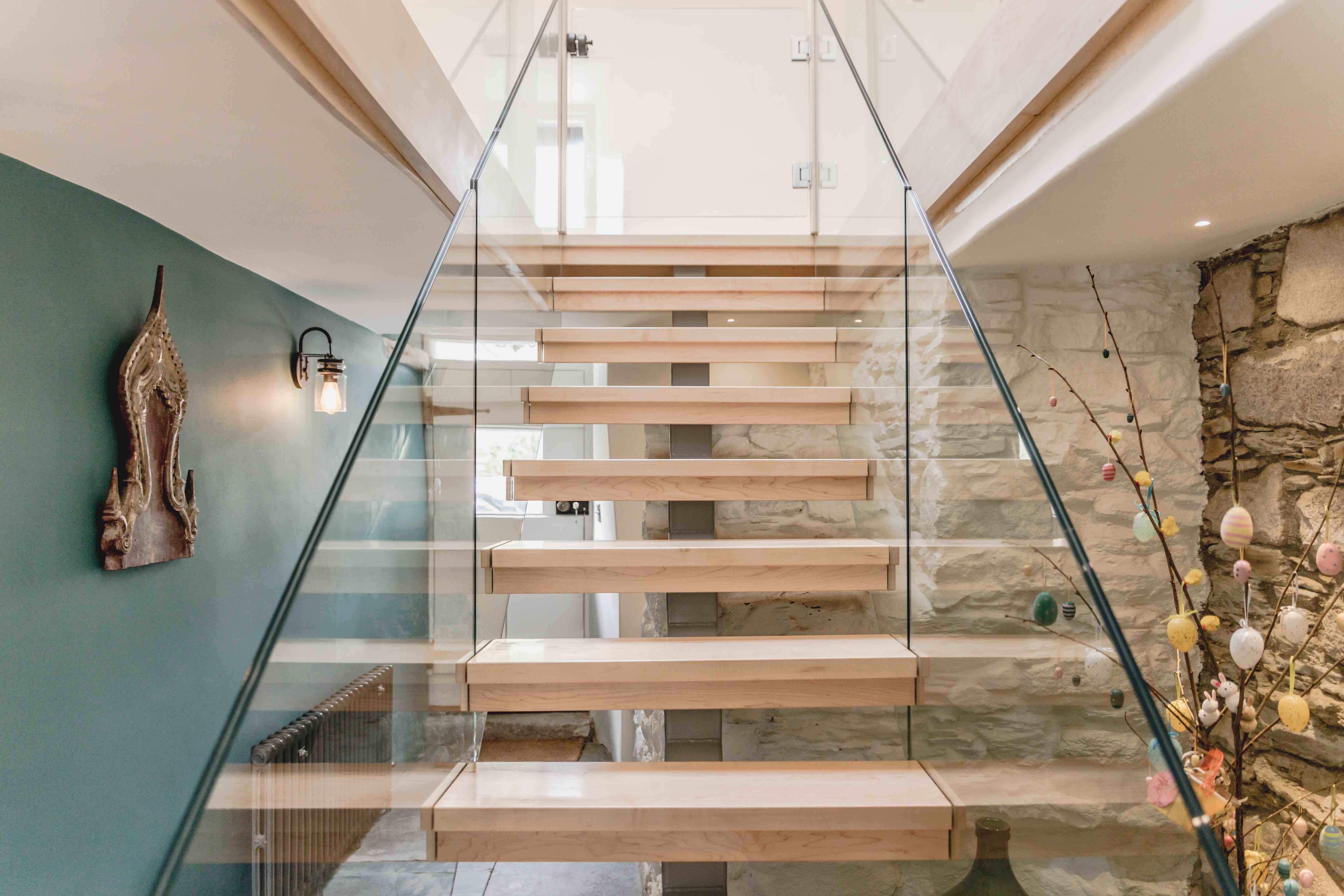
A stunning Grand Medieval fireplace was uncovered behind the small victorian hearth, lumps of granite on the fireplace in the bedroom were confirmed as Medieval candle sconces. The most exciting news was the uncovering of a medieval beam in the roof space tarred with soot. From all this information it was clear that Staddons had once been a much higher status home and was likely much older than it first appeared. Possibly a high status Medieval Hall House with two storey chamber at one end – perhaps one of the first houses in the village.
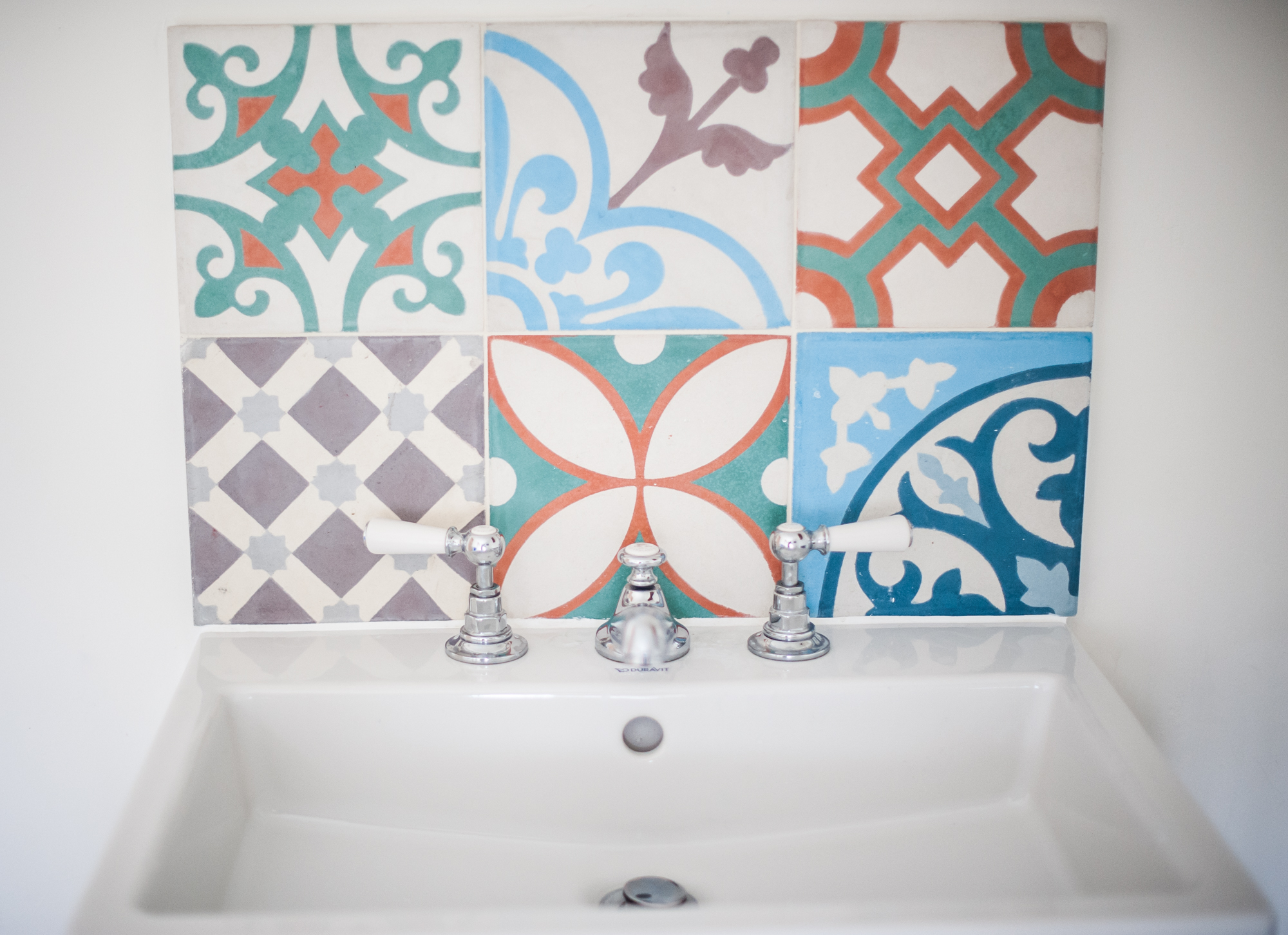
The photos attached to this post show how the team at RM builders have brought this fabulous building back to life with the help of the consultants and the passion of the clients. A real team effort from all has lead to a successful result and a studding home.
Thanks to everyone from RM Builders in Tavistock, Rawlings joinery, DB Heating, D Farnham electrical, Devon Stone and Amos lighting for helping us with this amazing project. (Sorry if we missed you off list – we owe you a drink!)
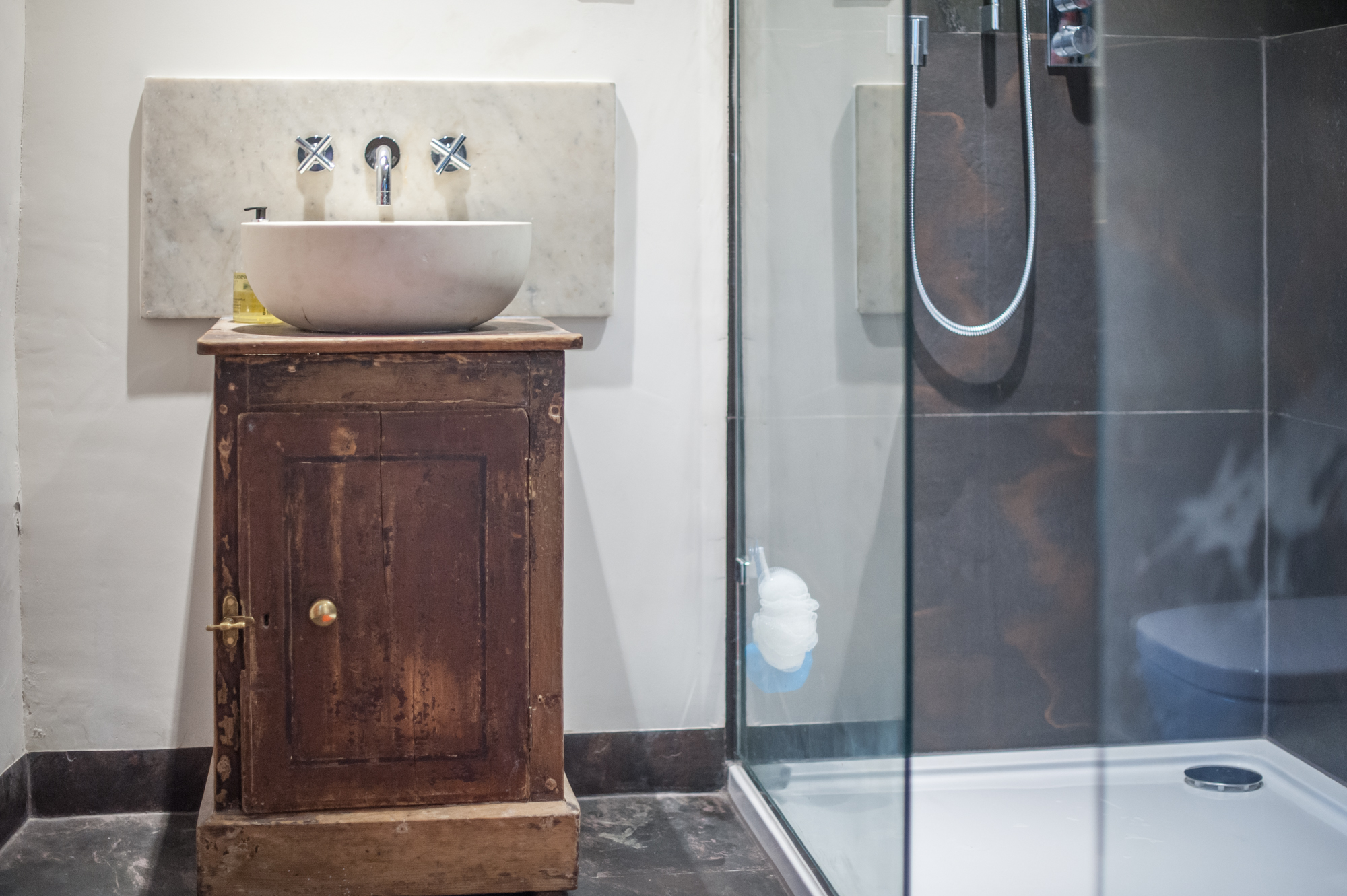
Living Space Architects are based in Exeter, Devon and are specialists in building Conservation and the refurbishment and extension of Listed and Historic buildings. We enjoy working in a Modern Rustic style and introducing new contemporary elements into a historic setting. We work across the south west on refurbishment and restoration projects with a particular expertise working on projects in Dartmoor National Park, Teignbridge, East Devon, Mid Devon, West Devon and Somerset.
